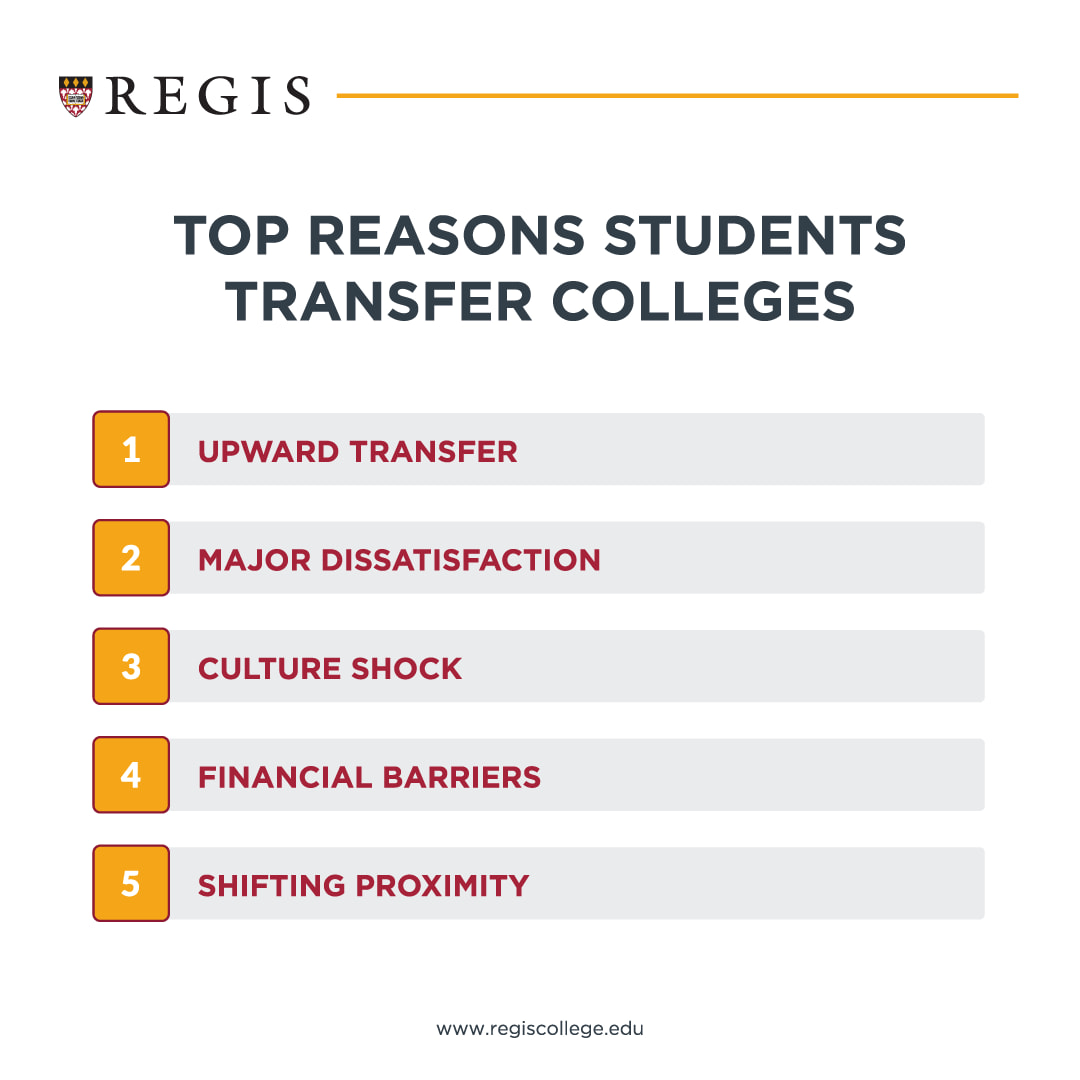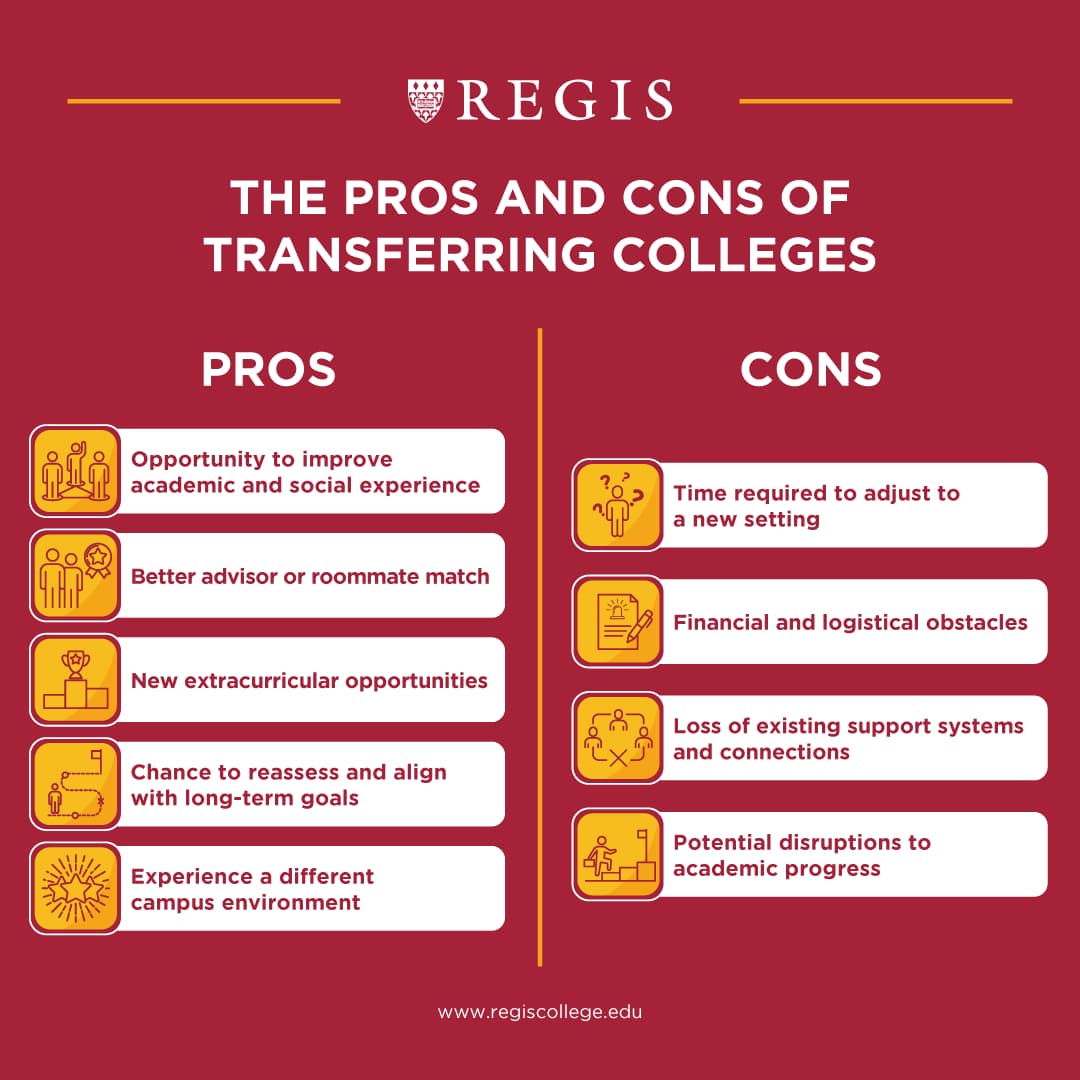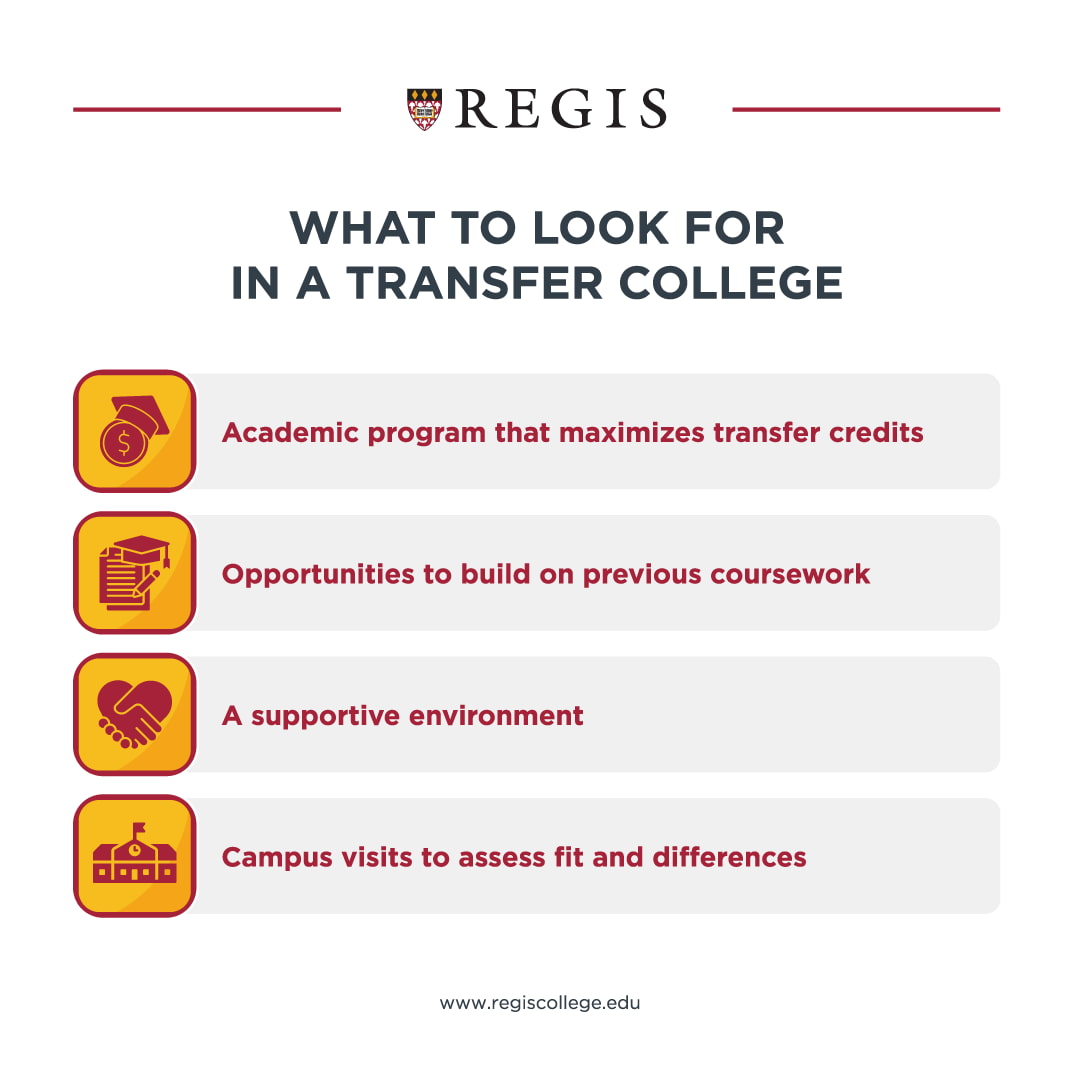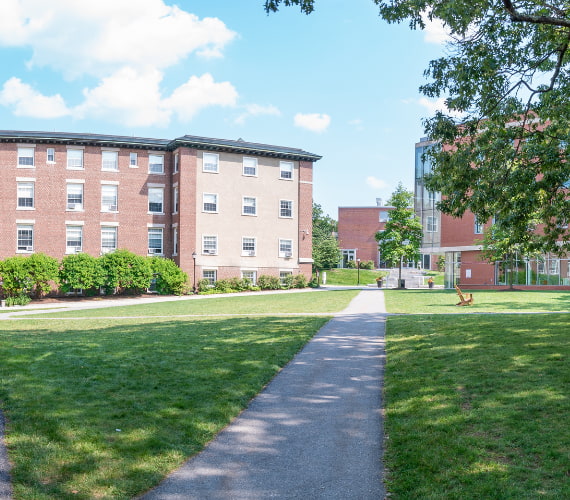Choosing a college can be incredibly difficult due to the number of research hours required. Despite creating pro/con lists and attending in-person tours or information sessions, many students still feel uncertain about their college choice post-acceptance. If you’re feeling uneasy about your school choice, it’s important to know you are not alone. According to the National Student Clearinghouse Research Center nearly one-third of students transfer schools at some point before completing their degree.
Transferring colleges can be a positive and advantageous decision, but it’s a move that’s influenced by several different factors. From financial or geographical reasons, to a change in course of study, transferring to a different school is a necessary step many students must take to succeed personally and academically.
Key Takeaways
- Transferring colleges can be a positive step toward achieving academic, personal, and career goals when current schools no longer meet students’ needs.
- Common reasons for transferring include seeking a better academic fit, changing majors, adjusting to financial circumstances, and finding a more suitable campus culture or location.
- Evaluate transfer options carefully by considering factors like credit transferability, financial aid packages, and available academic programs.
- The transfer process can be complex, especially for specialized programs like nursing or engineering, which may have unique course requirements.
Reasons to Transfer Colleges
Students globally report many different factors in their decision to transfer schools. Here are some of the most common.

1. Upward Transfer
Many students find it easier, or more practical, to begin their college career at a two-year/community college with the intent to transfer to a four-year bachelor’s program. This is often done after students gain the required prerequisite credits and experience. This type of transfer is considered an “upward transfer.” According to the National Student Clearinghouse Research Center's Fall 2023 report, upward transfers have increased by almost eight percent compared to the previous year, adding approximately 39,000 students.
2. Major Dissatisfaction
Not all entering first-year students know what major they want to pursue for the remainder of their education. As they progress, students choose, and even change, their major according to their likes and dislikes. Not all schools, however, offer the same majors or caliber of expertise in each field. Therefore, this is a common reason students transfer.
3. Culture Shock
High school students applying to college are often looking at the possibilities in a college experience for the first time. It’s not until they’re truly immersed in their new school that they get a full sense of the culture there. Despite many students settling into their new school and finding their path, some may discover that the culture is not a good fit for them. Perhaps the coursework isn’t challenging enough. Maybe the class size is not conducive to all learning styles. Sometimes the school just doesn’t feel like a good “fit.” Ultimately, with the time, money, and dedication that goes into earning a college degree, melding with a college’s culture is important.
4. Financial Barriers
There are a number of students whose financial circumstances change throughout the school year. As a result, many transfers occur during the academic year for financial reasons. If tuition and cost of living creates a burden that interferes with coursework or the ability to enjoy the college experience, transferring to a less expensive school can be a beneficial move. Despite the growing misconception that well-known universities are the only institutions that provide quality education, there are a number of quality college options available to students who don’t want to pay a premium.
5. Shifting Proximity
Sometimes a transfer is simply due to geography. While there are many respectable online college programs that exist in a remote setting, students who want an in-person college experience need to decide if they are willing to travel great distances to live on campus and attend classes. If students weren’t initially accepted to a college near their home or in a particular climate, they might consider transferring depending on what is more important to them.
Pros and Cons of Transferring Colleges

Whatever the reason, it’s important to take the time to determine whether transferring schools is ultimately the right choice. Sometimes, students pinpoint small, but ultimately changeable elements of their college experience as reasons to transfer. But individuals should be cautious not to make the hasty decision to transfer before evaluating the potential solutions to their problems.
“A lot of issues that make students want to transfer can be fixed,” says Alexander Patturelli, director for undergraduate admission at Regis College. “Whether a student is having an issue with a roommate, or a bad experience with their advisor, they shouldn’t immediately think that a transfer is the only option.” Oftentimes, students don’t realize they have the ability to request a new advisor or roommate since this isn’t typically the case in high school. Therefore, students who are unhappy with certain aspects of their college experience should look into solutions first, rather than transfer options.
In fact, there are many reasons students shouldn’t consider transferring right away. For one, they need to give themselves the necessary time to settle into their new community and evaluate the elements making them consider a transfer. Whether the solution is getting a new roommate, switching courses, connecting with new advisors and mentors, or joining extracurriculars to build a social network, options are available to ensure a student effectively acclimates to college life.
What Makes a Good Transfer Student?
To be successful throughout the transfer process, it’s important for students to be proactive and goal-driven, understanding their academic and personal aspirations.
Staying organized is essential, as transfer applications often involve managing multiple deadlines, credit evaluations, and financial aid adjustments. Students focused on having a successful transition also make sure to seek support from academic advisors, career counselors, and campus resources to gain additional guidance. Ultimately, transferring isn’t just about changing schools—it’s about finding a better fit that supports long-term success.
Common Challenges Transfer Students Face
Students who decide to transfer should be aware that the process can be challenging. Despite going through the admission process for college acceptance, changes to financial standing, scholarship eligibility, and differences in programs and credits can all factor into a lengthy process—especially when students transfer into specialty programs.
“When you’re transferring into specific programs, they also have specific pathways,” says Patturelli. Coursework requirements for programs like nursing and engineering differ from school to school. Transfer students may find “a program that only takes two years to complete at their current college will now take them three years.”
Knowing this, students considering a transfer will want to ensure that their move is a positive one, with transferable credits, coursework, and financial aid packages available to help make the transition as smooth as possible.
What To Look For in a Transfer College

If you’re a student who has decided to transfer, you’re likely researching your options. It can be difficult to know what to look for, but to ensure your transfer experience provides the best possible outcome, you should consider:
- The right academic program: Transfer students should consider an academic program that will maximize the work they’ve already done. “You’re going to want to pick an academic program that will take the most credits possible from your previous institution so you’re not losing out on the credits you’ve already earned,” says Patturelli.
- A different environment: Students should tour and visit their potential transfer school before making any decisions. “Your goal is to transfer into a school and stay there." Patturelli says. "You don’t want to keep transferring. So you really need to look at the school and figure out how it’s different from your current institution, so you’re moving into a new environment rather than facing the same issues."
MassTransfer: A Different Path to a Degree
With the rising costs of higher education, fast-paced globalization, and an overall unpredictability of daily life, college transfer has become a common reality for many students. Fortunately, colleges and universities, and even states themselves, have worked to make the process of obtaining a degree, and navigating the college experience, much easier.
Programs like MassTransfer offer an alternative path to students in Massachusetts who want to pursue a bachelor’s degree with more choices and less debt. The MassTransfer path allows students with an associate’s degree (with a B-average or above), to a state university or UMass school to complete their bachelor’s degree in their junior and senior years. With programs like MassTransfer, the idea of transferring colleges is integrated from the outset—with the idea of giving students the stepping stones necessary to successfully and more affordably complete their bachelor’s degree.
Navigating The Transfer Process
While transferring to a new college or university is a big decision that should be considered carefully, it is ultimately a very common choice. Students that identify and evaluate their reasons for transferring, speak with their academic advisor, and spend time researching the college and program they plan to transfer into are well-poised to make that decision.
Schedule a campus visit at your prospective college to learn more about transfer policies and receive guidance on navigating the transfer process.



